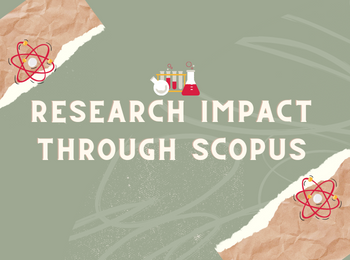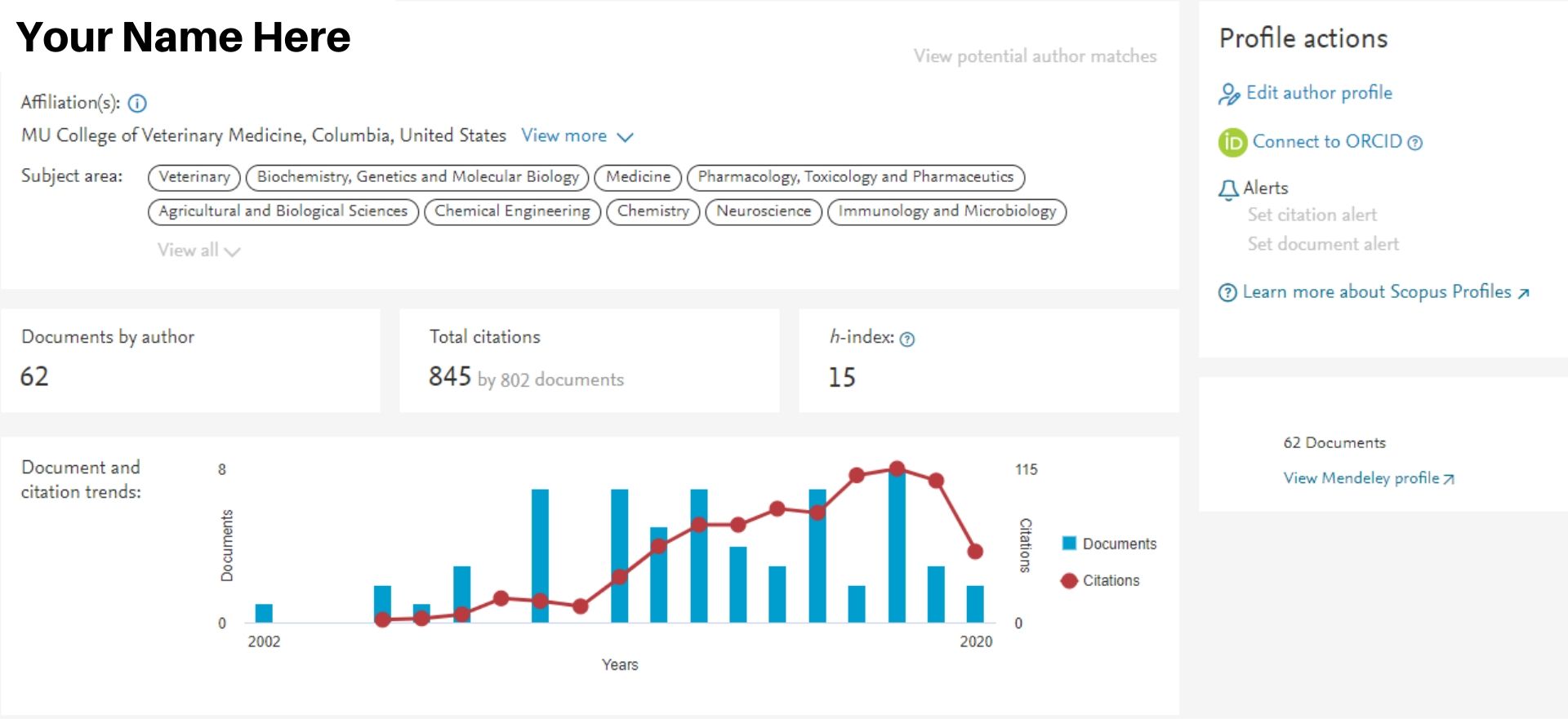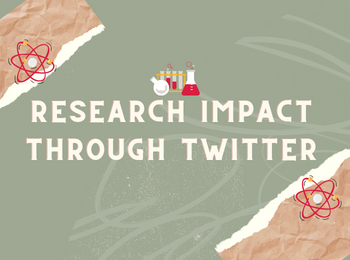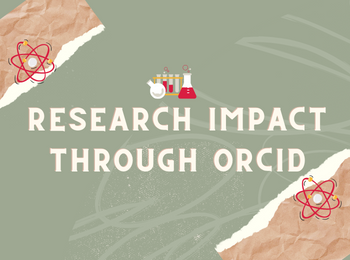16 February 2022 Correction to include recent paper by Cui, Behura and Franz.
08 February 2022
Below are College of Veterinary Medicine publications added to the Scopus database in the last 33 days.
Congratulations to all the recently published authors!
Note: Access to the full text may be subject to library subscriptions.
Muhsin SA, Al-Amidie M, Shen Z, Mlaji Z, Liu J, Abdullah A, et al. A microfluidic biosensor for rapid simultaneous detection of waterborne pathogens. Biosensors and Bioelectronics. 2022;203. 10.1016/j.bios.2022.113993
Cui Y, Behura SK, Franz AWE. Cellular diversity and gene expression profiles in the male and female brain of Aedes aegypti. BMC Genomics. 2022;23(1):119. 10.1186/s12864-022-08327-9
Dirkes RK, Welly RJ, Mao J, Kinkade J, Vieira-Potter VJ, Rosenfeld CS, et al. Gestational and lactational exposure to BPA or BPS has minimal effects on skeletal outcomes in adult female mice. Bone Reports. 2021;15. 10.1016/j.bonr.2021.101136
Liang Y, Besch-Williford C, Hyder SM. The estrogen receptor beta agonist liquiritigenin enhances the inhibitory effects of the cholesterol biosynthesis inhibitor RO 48-8071 on hormone-dependent breast-cancer growth. Breast Cancer Research and Treatment. 2022. 10.1007/s10549-021-06487-y
de Lucia C, Grisanti LA, Borghetti G, Piedepalumbo M, Ibetti J, Lucchese AM, et al. G protein-coupled receptor kinase 5 (GRK5) contributes to impaired cardiac function and immune cell recruitment in post-ischemic heart failure. Cardiovascular Research. 2022;118(1):169-83. 10.1093/cvr/cvab044
Mikaeloff F, Svensson Akusjärvi S, Ikomey GM, Krishnan S, Sperk M, Gupta S, et al. Trans cohort metabolic reprogramming towards glutaminolysis in long-term successfully treated HIV-infection. Communications Biology. 2022;5(1). 10.1038/s42003-021-02985-3
Thurman CE, Klores MM, Wolfe AE, Poueymirou WT, Levee EM, Ericsson AC, et al. Effect of Housing Condition and Diet on the Gut Microbiota of Weanling Immunocompromised Mice. Comparative Medicine. 2021;71(6):485-91. 10.30802/AALAS-CM-21-000015
Gupta S, Buyank F, Sinha NR, Grant DG, Sinha PR, Iozzo RV, et al. Decorin regulates collagen fibrillogenesis during corneal wound healing in mouse in vivo. Experimental Eye Research. 2022;216. 10.1016/j.exer.2022.108933
Schatten H. Centrosome functions and remodeling during neuronal development and centrosome abnormalities in neuronal disorders, disease, and in aging. Factors Affecting Neurological Aging: Genetics, Neurology, Behavior, and Diet. 2021. p. 49-57.
Martinez D, Lima-Silveira L, Matott MP, Hasser EM, Kline DD. Gamma-Aminobutyric Acid Transporters in the Nucleus Tractus Solitarii Regulate Inhibitory and Excitatory Synaptic Currents That Influence Cardiorespiratory Function. Frontiers in Physiology. 2022;12. 10.3389/fphys.2021.821110
Meichner K, McCleary-Wheeler AL, Mochizuki H, Stokol T. Editorial: Comparative Oncology–Advances in Veterinary Molecular Oncology. Frontiers in Veterinary Science. 2022;8. 10.3389/fvets.2021.812856
Zhou J, Choi S, Liu H, Zhang J, Tian Y, Edlow AG, et al. Is SARS-CoV-2 Infection a Risk Factor for Early Pregnancy Loss? ACE2 and TMPRSS2 Coexpression and Persistent Replicative Infection in Primitive Trophoblast. Journal of Infectious Diseases. 2021;224:S660-S9. 10.1093/infdis/jiab309
Shababi M, Smith CE, Ricardez Hernandez SM, Marquez J, Al Rawi Z, Villalón E, et al. Defining the optimal dose and therapeutic window in SMA with respiratory distress type I model mice, FVB/NJ-Ighmpb2 nmd-2J. Molecular Therapy – Methods and Clinical Development. 2021;23:23-32. 10.1016/j.omtm.2021.07.008
Sinha NR, Balne PK, Bunyak F, Hofmann AC, Lim RR, Mohan RR, et al. Collagen matrix perturbations in corneal stroma of Ossabaw mini pigs with type 2 diabetes. Molecular Vision. 2021;27:666-78. https://www.scopus.com/inward/record.uri?eid=2-s2.0-85123341839&partnerID=40&md5=f301c77d54354d189459a5d9b023683a
Gunderson EL, Bryant C, Bulman CA, Fischer C, Luo M, Vogel I, et al. Pyrvinium Pamoate and Structural Analogs Are Early Macrofilaricide Leads. Pharmaceuticals. 2022;15(2). 10.3390/ph15020189
Fuchs AA, Balne PK, Giuliano EA, Sinha NR, Mohan RR. Evaluation of a novel combination of TRAM-34 and ascorbic acid for the treatment of corneal fibrosis in vivo. PLoS One. 2022;17(1 January). 10.1371/journal.pone.0262046
Babka JR, Lane KR, Johnson RA. Animal-Assisted Interventions for Dementia A Systematic Review. Research in Gerontological Nursing. 2021;14(6):317-24. 10.3928/19404921-20210924-01
Mickelson MA. Updated Concepts in Oncologic Surgery: Apocrine Gland Anal Sac Adenocarcinoma and Mast Cell Tumors. Veterinary Clinics of North America – Small Animal Practice. 2022. 10.1016/j.cvsm.2021.12.008
Bae H, Yoon JS, Choi E, Kim SH, Jung DI, Park J, et al. A case of leukaemia cutis in a dog with T-cell chronic lymphocytic leukaemia. Veterinary Medicine and Science. 2022. 10.1002/vms3.749
Conzemius MG, Torres BT, Muir P, Evans R, Krotscheck U, Budsberg S. Best practices for measuring and reporting ground reaction forces in dogs. Veterinary Surgery. 2022. 10.1111/vsu.13772

The Zalk Veterinary Medical Library is always happy to highlight CVM Faculty Research!
Did we miss anything? Please let Rae know.











